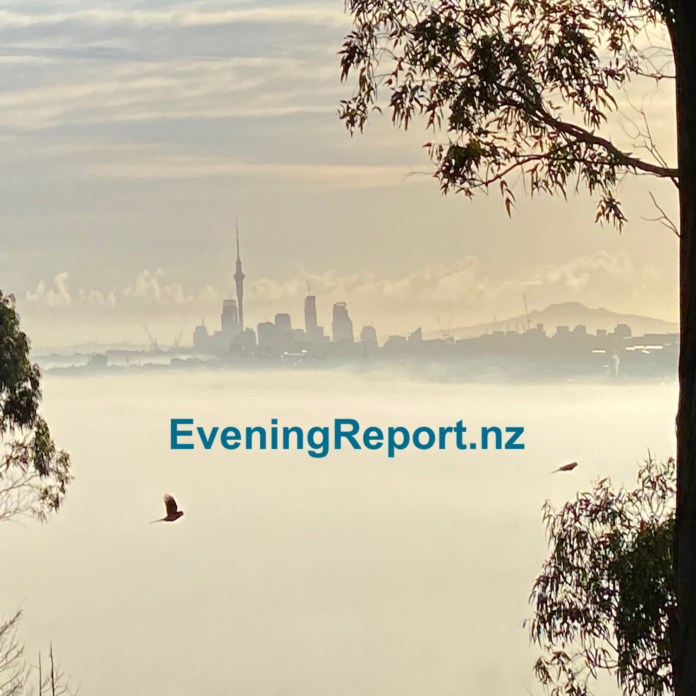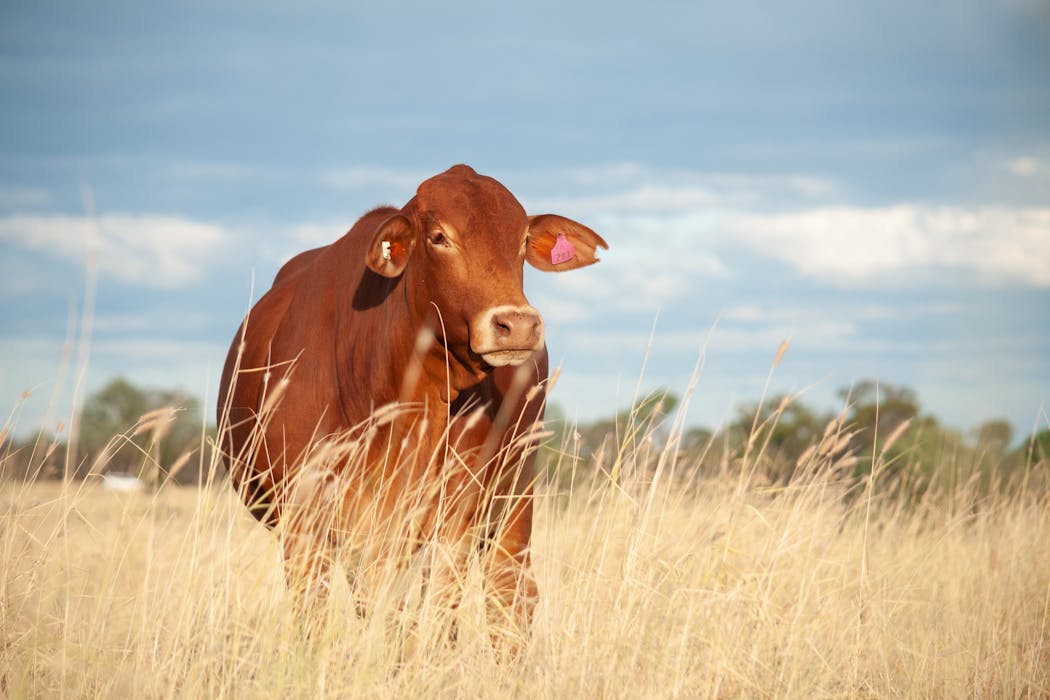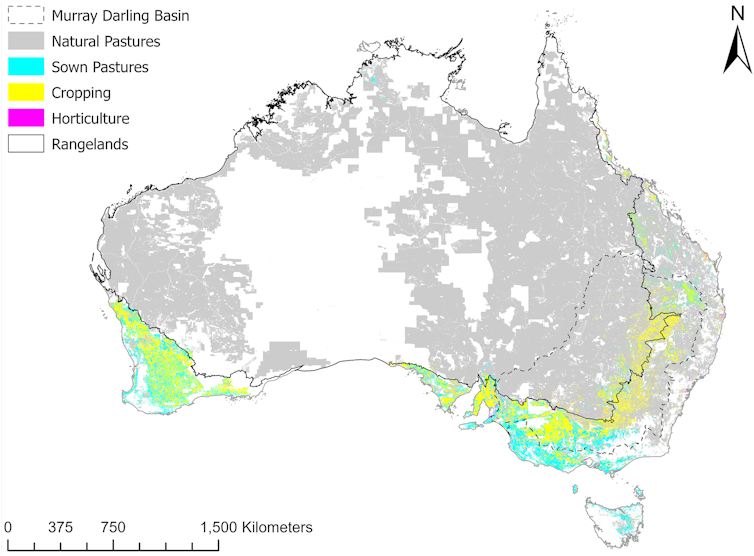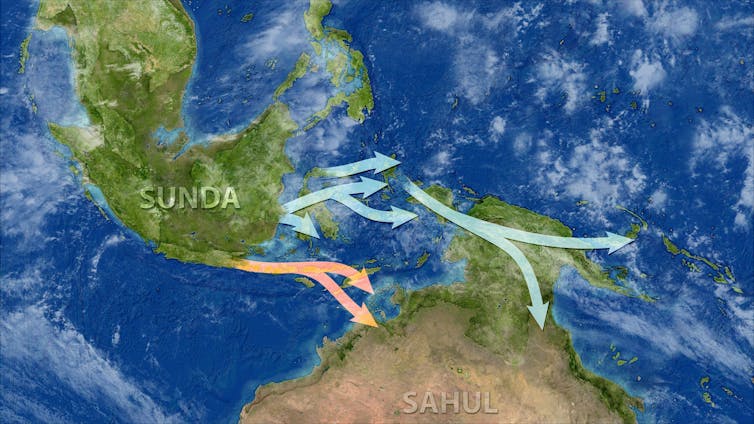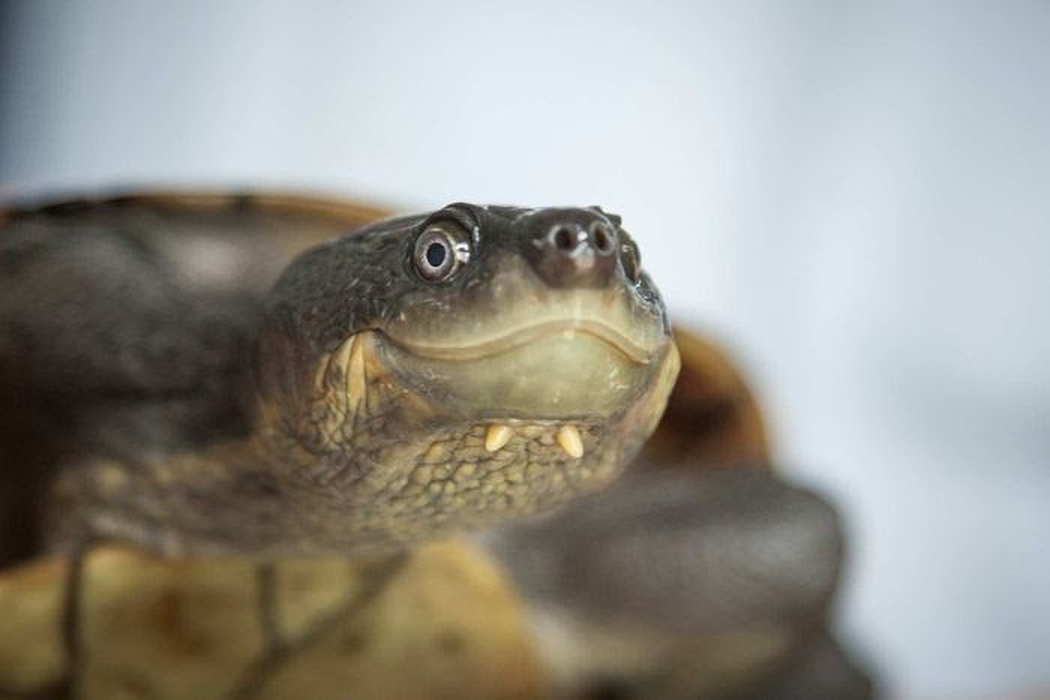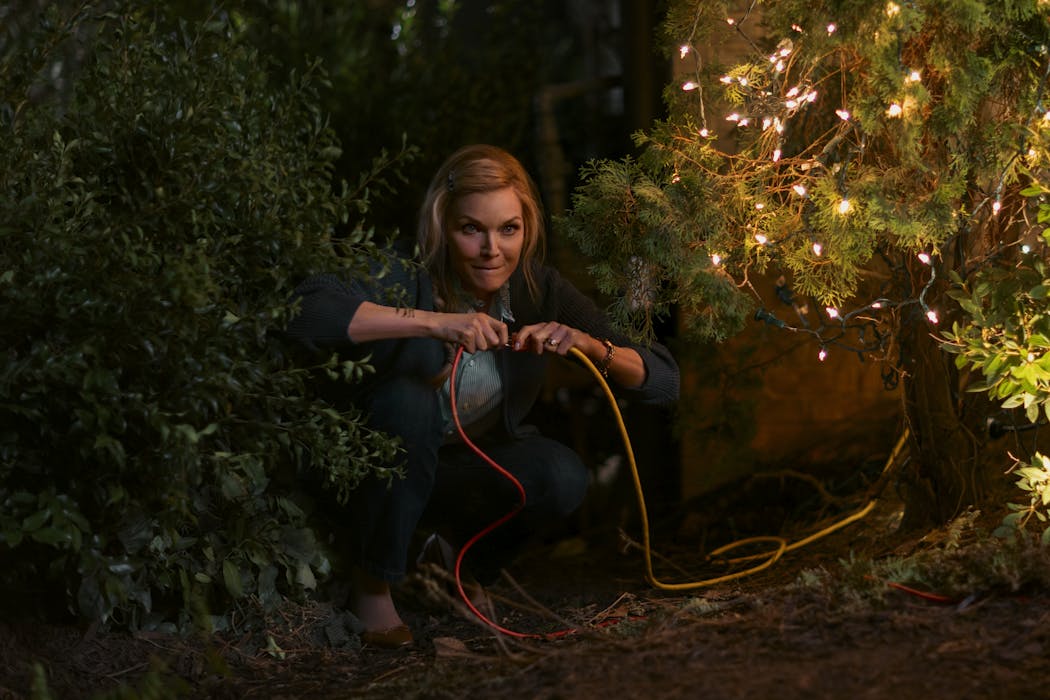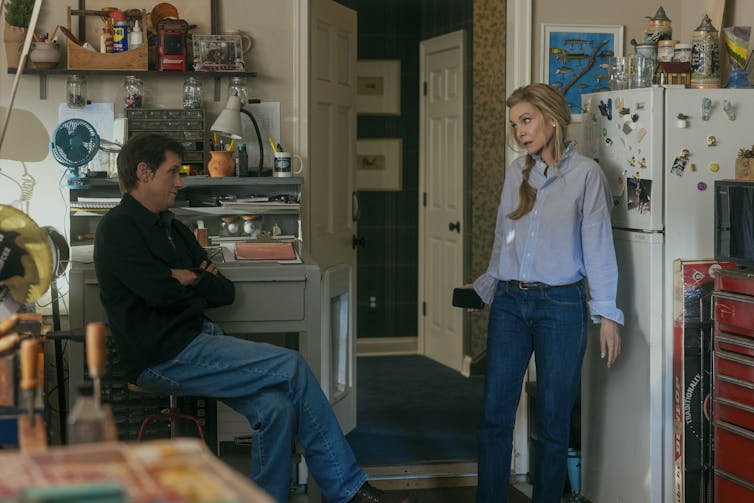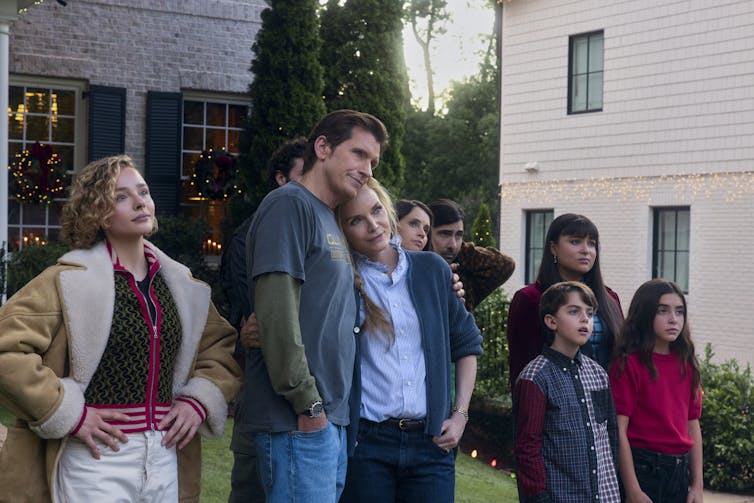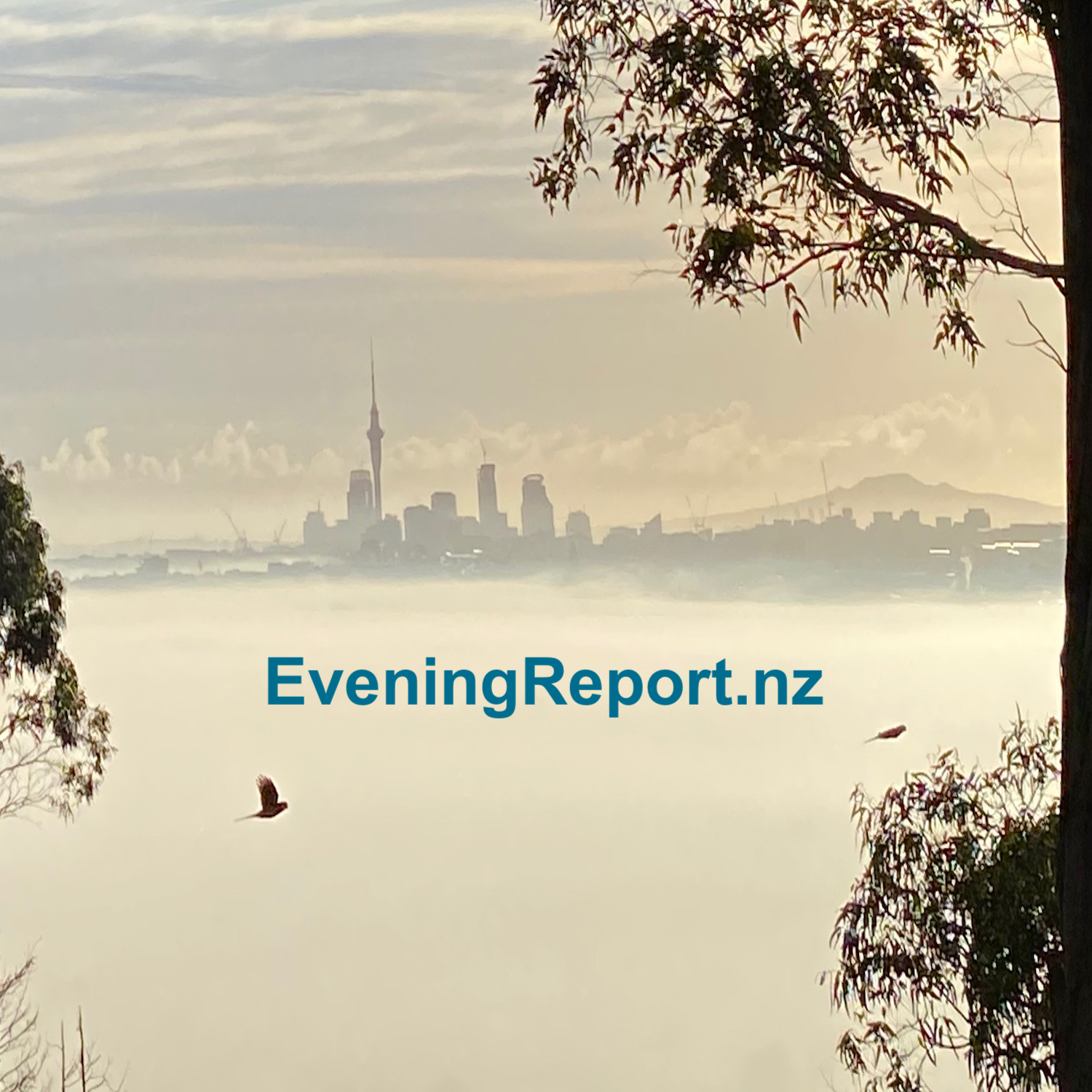Source: Radio New Zealand
After three decades working at Women’s Refuge, Dr Ang Jury had hoped she’d be out of a job. Instead, this week she’s retiring and passing on the mantle – family violence is still “intractable”, she says, and change is stubbornly slow. Lauren Crimp sat down with Jury to reflect on her career.
Thirty years is a long time supporting women and children at their lowest of lows, scared, desperate for help.
It has been a big part of Dr Ang Jury’s life’s work.
She has stayed that long because the impact is abundantly clear – written on the faces of those seeking refuge.
“Picking a woman up from her home, or outside a police station or somewhere like that, a McDonald’s, and taking her to a safe house and sitting down with a cup of tea.
“And you could almost see the relief of them knowing they were safe.”
![Chief Executive of Women's Refuge Dr Ang Jury]()
RNZ / Mark Papalii
She said she had also stayed because the need had not abated.
“What I’ve learned in that time is how hard change is,” she said.
“What I’ve learned is how intractable family violence is in New Zealand.”
Change for the good
In 1996, when Jury first joined Women’s Refuge, the volunteer-run organisation got its first lot of government funding and hired its first staff member.
A lot has changed since then.
“We’re just in a place now where our voices are heard without us having to yell.”
Over the years funding has continued to increase, and Jury now leaves behind an entire national office supporting 41 refuges that, in the year to June, helped nearly 10,000 women and children.
“Our refuges are, I wouldn’t ever say sustainable because that’s a bit of a dream, but they’re as close to sustainable as they’ve ever been.
“We have good legislation. Our Family Violence Act, for all it’s critiqued, is some of the best in the world.”
And there’s been “a couple of goes” at a national strategy to stem the problem, she said.
“The most recent iteration, it’s got promise, but it’s going to require a hell of a lot more polishing around the implementation before it’s going to do anything really worthwhile.”
Right idea, wrong direction
Jury referred to Te Aorerekura, a 25-year national strategy to eliminate family and sexual violence. It’s got bipartisan support: launched by the Labour government in 2021 and continued by the current coalition.
A long-term strategy was a good start, Jury said.
“When you’re looking at a problem that’s been around … forever, it’s not going to be solved in five minutes.
“So a 25-year strategy, I think, is realistic, that’s more than a generation.”
But she believed it was too heavily weighted towards responding to family violence, rather than stopping it from happening.
Early on in Jury’s career, a colleague told her that the idea of Women’s Refuge was to eventually do themselves out of a job.
“To do that, we’ve got to stop women being hurt in the first place. And we’re not investing anywhere near enough into real prevention work.”
The Minister for the Prevention of Family and Sexual Violence, Karen Chhour, said Te Aorerekura acknowledges a shift towards prevention is needed.
Within Te Aorerekura was a 2025 to 2030 “action plan” which focuses on prevention and was led by ACC and the social development ministry, she said.
Jury believed prevention began with children – embedding empathy and compassion into the curriculum.
“We’re not very good at teaching those in our schools and in our whānau.
“And until we have children who are becoming adults with a sense of empathy and compassion for others, we’re not going to get any change.”
It was a worthy investment, Jury argued.
“This is a problem that’s been conservatively estimated to cost us $7 or $8 billion a year … I’m sure Nicola Willis would quite like to have that $7 or $8 billion in her war chest.”
The Education Minister Erica Stanford’s office pointed out that “healthy relationships” are part of the draft new health and PE curriculum, which is currently out for consultation.
A government family violence prevention campaign that beamed into living rooms across the country in the mid-2000s told us “It’s Not Okay”. The campaign still exists, with less prominence.
Another good start, Jury said.
“You’d have to be a hermit living in a cave up the top of Cape Reinga somewhere to not know that family violence isn’t okay. “
But it was not enough.
“How are we going to move that to, ‘we know it’s not okay and now we’re going to stop doing it’?” she said.
“I want to see an action in that strategy that is long-term, that is targeting attitude change, and try and turn the tap off.”
Preparing for another generation of harm
Women’s Refuge was investing in succession planning, developing leaders, and training staff on helping people with mental health and addiction problems.
Because Jury could not see any signs of their work slowing down.
“We’re doing future-focused things on the understanding that, we’ve got at least another generation in front of us if things start to change right now.”
Naomi Ogg would be at the helm, who Jury described as a wahine toa.
The new chief executive is backed by incredible staff and volunteers, said Jury.
She recalled the organisation’s recent AGM, when about 50 women who had completed its leadership programme gathered on stage.
“Enthusiastic, clever, intelligent and just so loving the kaupapa,” Jury said.
“And I thought to myself when I was looking at them, thinking, yeah, Refuge is okay here.”
Jury left the front line a long time ago, but it’s stories from those staff and volunteers that keep her upbeat when the going gets tough.
“I can be having an absolutely shit week and I’ll get a call from Trish down on the West Coast … to tell me a story about a client who’s just finished the latest counselling programme that she’s been doing, that we’ve helped fund, and talking about how awesome she’s doing.”
The next challenge
Next year Jury takes up her position as the board chair of the Independent Children’s Monitor, which checks that organisations working with tamariki are meeting their needs and improving their lives.
“So that we’re not hearing all these stories about children being hurt and abused, where we know that when kids are, for whatever reason, brought into care, that they are going to get good care, and that they are going to be treated with kindness and empathy and those words that I talked about before.”
More lofty change, then?
“Yeah, I won’t give up on lofty change,” she said.
“You can tinker around the edges with little bits and pieces, incremental bits and pieces, and that helps some people some of the time, for a while.
“But if we want to live in a better country, we need to actually shift the dial on … our attitudes, and the way we think about poverty, and the way we think about violence, and the way we think about masculinity, and all those big things, those lofty things.”
After this week, Jury would have a bit more time to spend with her whānau.
Her father died when he was 58 – which is why Jury decided at 65, it’s time to head out the door.
“We didn’t expect him to be gone at 58, and I don’t know what’s right around the corner.
“And I want to have a little bit of that time … I want to be at home looking out for myself and my family.”
She’s looking forward to pottering around her home at Himatangi Beach, and “properly” looking after her garden.
“I’ve got a quite large orchid collection, which has over the last few years been struggling a little bit, because I’ve only been able to give it the odd weekend looking after.
“So I’m expecting to be rewarded with magnificent bloomings in the years to come.”
Prevention central to eliminating family violence – minister
Minister for the Prevention of Family and Sexual Violence Karen Chhour said Te Aorerekura contains six “key shifts”. One of those is a shift towards primary prevention – that is, targeting the social norms and structures that enable and create a culture of tolerance.
Within Te Aorerekura is a 2025 to 2030 “action plan” which focuses on prevention and is led by ACC and the social development ministry, she said.
![Karen Chhour]()
Minister for the Prevention of Family and Sexual Violence Karen Chhour. RNZ / Samuel Rillstone
“The current work programme (this year and next) is focused on strengthening responses in communities and this is about secondary prevention.”
Secondary prevention focuses on reducing harm for those who have been identified as “at risk”.
“Building workforce capability through training and new tools like the Risk and Safety Practice Framework launched this year will also help break cycles of violence and prevent further violence.”
Where to get help for family violence
Sign up for Ngā Pitopito Kōrero, a daily newsletter curated by our editors and delivered straight to your inbox every weekday.
– Published by EveningReport.nz and AsiaPacificReport.nz, see: MIL OSI in partnership with Radio New Zealand





